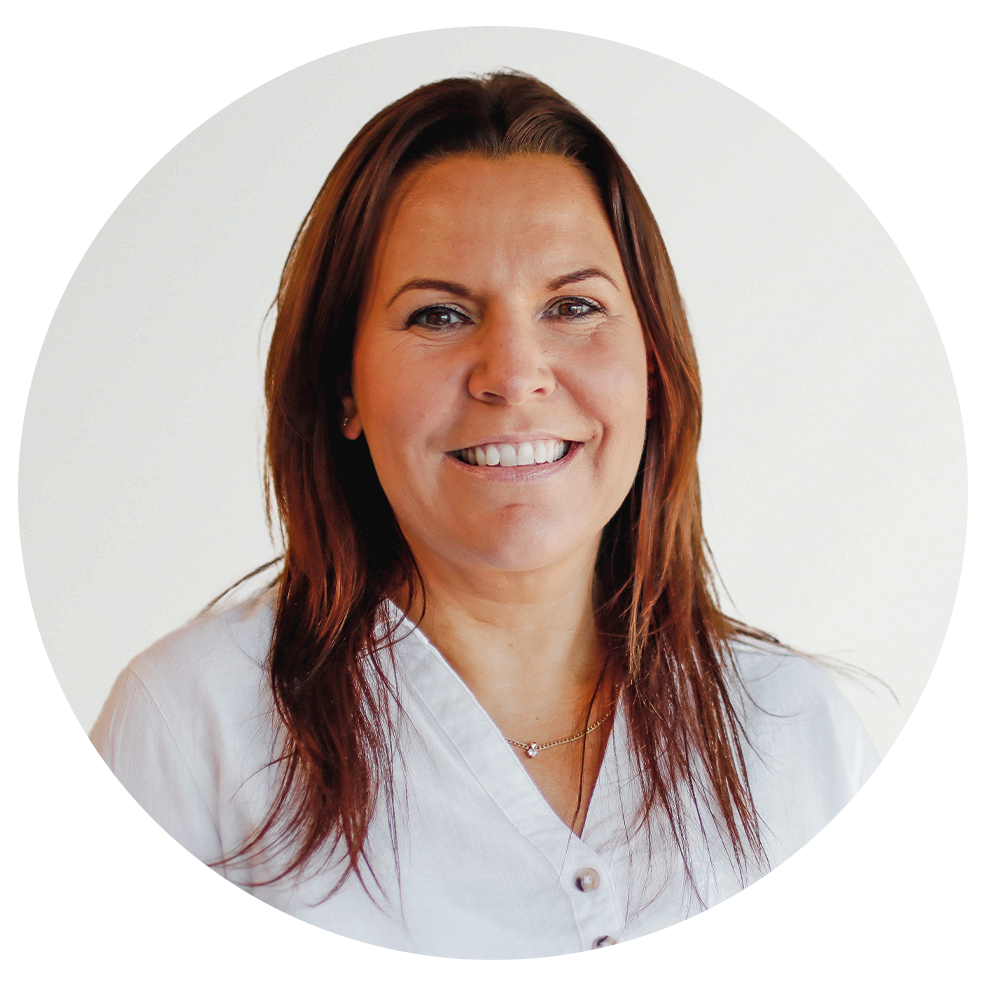Moisture lesions vs pressure ulcers, How can you tell the difference?
Classifying wounds can be a difficult concept. This webinar is designed to help guide healthcare professional to determine the difference between moisture lesions and pressure ulcers. This session will also include the categorisation of pressure ulcers
Learning Outcomes
- To revisit the structure and function of the skin
- To understand the cascade of events that lead to pressure and moisture damage
- To gain more in depth understanding of the difference between moisture lesions and pressure ulcers
- To understand categories of pressure ulcers
Meet our Experts

Sarah has always had a keen interest in Tissue Viability since becoming a registered nurse in 2002. Her experience varies from within a community setting, where she completed her Tissue Viability based degree in 2007. She then worked within the private sector to gain additional advanced wound care skills whilst working with a medical devices company specialised in wound healing. In 2010, Sarah became a Tissue Viability Nurse and shaped a specialised service within the acute sector for 7 years before returning to the community setting as a TVN.
People who watched this also watched...
Biophilia: Bringing the outside in
This webinar looks at what biophilic design is, how easy it is to use and the benefits of incorporating biophilic design elements into care home schemes.
Wound assessment, getting it right first time
In this webinar we consider the aspects of wound assessments, tools to support the process of assessment and wound classification to help you have confidence in making treatment decisions.
Introducing the JuniorBed - reducing risk for smaller individuals
In this webinar, we will provide an overview of the children's standard (BS EN:50637 2017), introduce the features, functions, and accessories of the JuniorBed range, and explore the clinical benefits of the ultra-low FloorBed® function.


